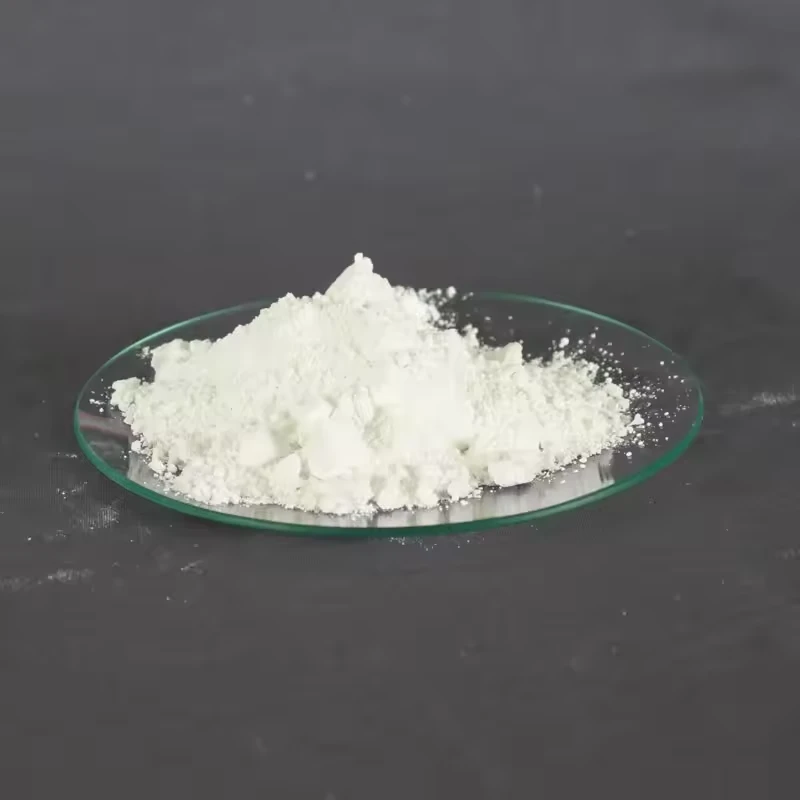
Dez . 24, 2024 01:51 Back to list
Exploring the Unique Properties and Applications of Lithopone in Modern Materials
Lithopone A Multifaceted White Pigment
Lithopone is a fascinating compound that has played a significant role in the production of white pigments for various industries, including paints, plastics, and coatings. Comprising primarily of zinc sulfide (ZnS) and barium sulfate (BaSO4), lithopone offers an effective and versatile solution for achieving brilliant whiteness and opacity in products.
The history of lithopone dates back to the late 19th century, specifically the 1870s, when it was first developed as a substitute for lead-based pigments, particularly lead white, which posed significant health risks to workers and consumers alike. As awareness of the detrimental effects of lead became widespread, there was a pressing need for safer alternatives in the paint and coatings industry. Lithopone emerged as a promising solution, combining both aesthetic qualities and relative safety.
Lithopone is typically produced by a chemical reaction involving zinc oxide and barium sulfide, which contributes to its distinct characteristics. The combination of these materials results in a pigment that not only provides excellent opacity but also has good weather resistance and durability. Lithopone’s brightness and covering power make it an ideal choice for various applications where whiteness is essential.
One of the notable advantages of lithopone is its non-toxicity compared to its predecessors, particularly lead white. This feature has made it widely accepted in applications ranging from artists’ paints to household coatings, where consumer safety is paramount. Additionally, lithopone is less likely to discolor over time, ensuring that the integrity and appearance of the final product are preserved.
lithopone

In the paint industry, lithopone is often mixed with other pigments to enhance color properties and reduce costs
. Its compatibility with organic pigments and other inorganic materials allows manufacturers to create a diverse range of colors and finishes. Furthermore, lithopone can contribute to the formulation of paints with specific performance attributes, such as improved resistance to ultraviolet (UV) light and lower environmental impact.Beyond paints, lithopone finds applications in various sectors, including plastics, rubber, and cosmetics. In plastics, it acts as a filler and a pigment, enhancing visual appeal while simultaneously reducing material costs. In the rubber industry, lithopone enhances durability and improves the overall quality of rubber products. In cosmetics, it is utilized as a white pigment in products like powders and creams, where a bright, opaque finish is desired.
Despite its numerous benefits, lithopone is not without challenges. The production process can be complex and requires meticulous attention to detail to ensure the desired quality and consistency. Furthermore, the emergence of alternative white pigments, such as titanium dioxide (TiO2), has influenced the market dynamics. Titanium dioxide is known for its superior opacity and durability, which poses a competitive threat to lithopone. Nevertheless, lithopone remains a viable option for specific applications, particularly where lower costs or unique properties are required.
Research continues to explore the potential of lithopone in new applications and formulations. Innovations in the manufacturing processes may enhance its efficiency and reduce environmental impact, making it a more sustainable choice for future generations. As industries strive for greener alternatives, lithopone’s non-toxic profile positions it favorably in an era that increasingly values safety and environmental responsibility.
In conclusion, lithopone is a remarkable white pigment that has established its significance across various industries. Its unique properties, non-toxicity, and versatility make it a preferred choice in the production of paints, plastics, rubber, and cosmetics. While faced with competition from newer materials like titanium dioxide, lithopone continues to find relevance and application in a world that increasingly prioritizes safety, quality, and sustainability. As research and technology advance, lithopone's legacy as a vital component in the world of pigments is likely to endure, adapting to meet the evolving needs of consumers and manufacturers alike.
-
China Lithopone in China Supplier – High Quality Lithopone ZnS 30% Powder for Wholesale
NewsJun.10,2025
-
Top China Titanium Dioxide Company – Premium TiO2 Powder Supplier & Manufacturer
NewsJun.10,2025
-
Fast Shipping 99% Pure TiO2 Powder CAS 13463-67-7 Bulk Wholesale
NewsJun.10,2025
-
Top China Titanium Dioxide Manufacturers High-Purity R996 & Anatase
NewsJun.10,2025
-
Lithopone MSDS Factories - Production & Quotes
NewsJun.10,2025
-
High-Quality Titanium Dioxide in Water Suppliers - China Expertise 60
NewsJun.09,2025
